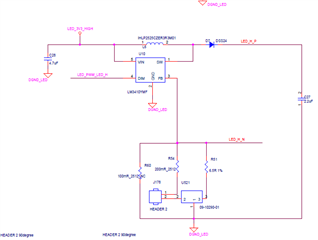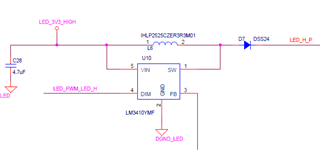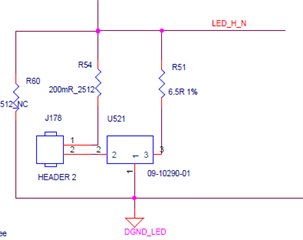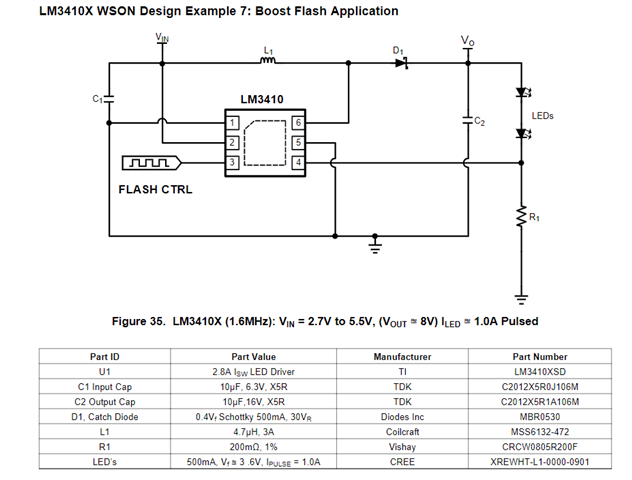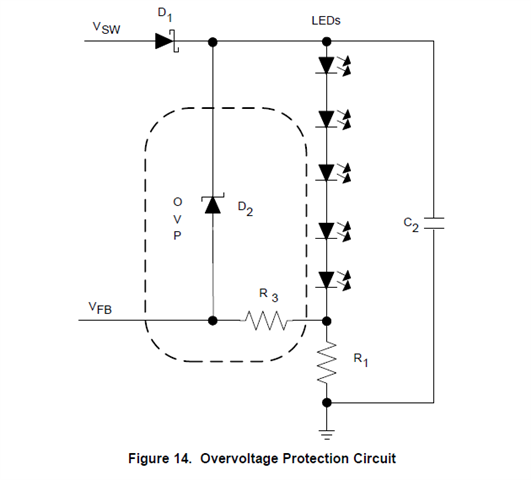Other Parts Discussed in Thread: LM3410,
hi expert :can you give us some help ?
The LM3410YMF /NOPB is used in led driver , when the led's current is about 100 mA , The lm34ymf can work well . But when the led's current is about 800 mA ., the Lm34ymf become bad
when led's current is above 300mA .,i find that the Fb pin's voltge of LM3410 is always 100mv The normal FB's voltage shoulde be 0.2v >where is the bug ?
the fellowing is our circuit but the r1 = 400mR , where is the bug of FB's voltage ? Whether is the LM3410YMF not suit for the bigger current ? such as above 100mA /Whether is the LM3410X for the high LED current circuit ?
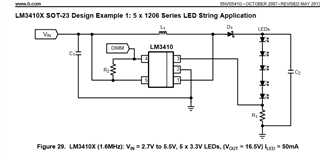
thank you
lchaoyong



